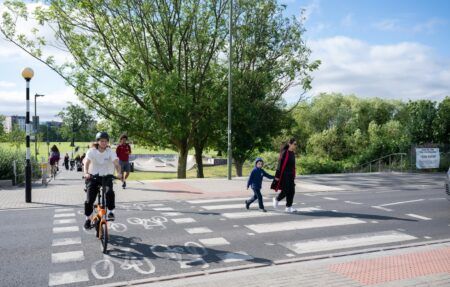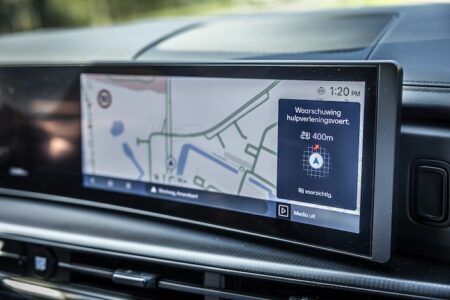The Icelandic capital, Reykjavik, has introduced a satellite-based traffic signal prioritization system that gives green lights for public transport and emergency vehicles, and which aims to provide more punctual buses, greater road safety, and less CO? pollution.
Siemens is supplying its Sitraffic Stream satellite-based prioritization system to Reykjavik, which ensures that traffic lights automatically turn green for emergency and urban public transport vehicles at road intersections. The City of Reykjavik and the Icelandic Road and Coastal Administration (Vegagerd rikisins) are sharing the system, which has initially been installed at six selected intersections in the center of the capital in cooperation with Siemens’ local sales partner, Smith & Norland.
Over the coming months, around 50 fire trucks and ambulances are due to be fitted with onboard units (OBUs). Similarly, the local bus operator will be equipping approximately 120 vehicles. Using GPS, the OBUs calculate a vehicle’s position to the nearest 16ft (5m) and transmit this information to the control center. When available virtual signaling points are passed, the control center switches the lights to green. As soon as the vehicle has crossed the intersection, the lights switch back to normal operation again.
Until now, the only prioritization systems available for buses and emergency vehicles were of the analog variety, and it was all but impossible for smaller towns and communities to put these solutions into practice, on account of high implementation costs. However, Sitraffic Stream (Simple Tracking Real-time Application for Managing traffic lights and passenger information) is completely digital and merely requires installing a small OBU with an integrated GPS and GPRS antenna in the vehicle. Unlike conventional systems, the cost of Sitraffic Stream for communities is manageable, as expensive roadside installations are not required.
The positional data transmitted is also used to provide up-to-date bus departure times at stops in real-time, providing a bonus for passengers, as the punctuality of public transport is improved and buses run more reliably. An additional advantage is that CO2 pollution in cities is reduced, as buses do not get held up in traffic as much, and thus simultaneously offer a real alternative to private transport. The fire service also benefits from Sitraffic Stream as in the event of an emergency, fire trucks no longer have to go through red lights at intersections, reducing the chance of collisions with other vehicles.
In Böblingen, a German town to the south of Stuttgart, Sitraffic Stream has been successfully prioritizing fire trucks and speeding up public transport since 2014. As part of a pilot project, signaling points were set up at four intersections and OBUs installed in two fire trucks. Everyone involved was so impressed with the success of this project that the city is now implementing Sitraffic Stream across the board.




